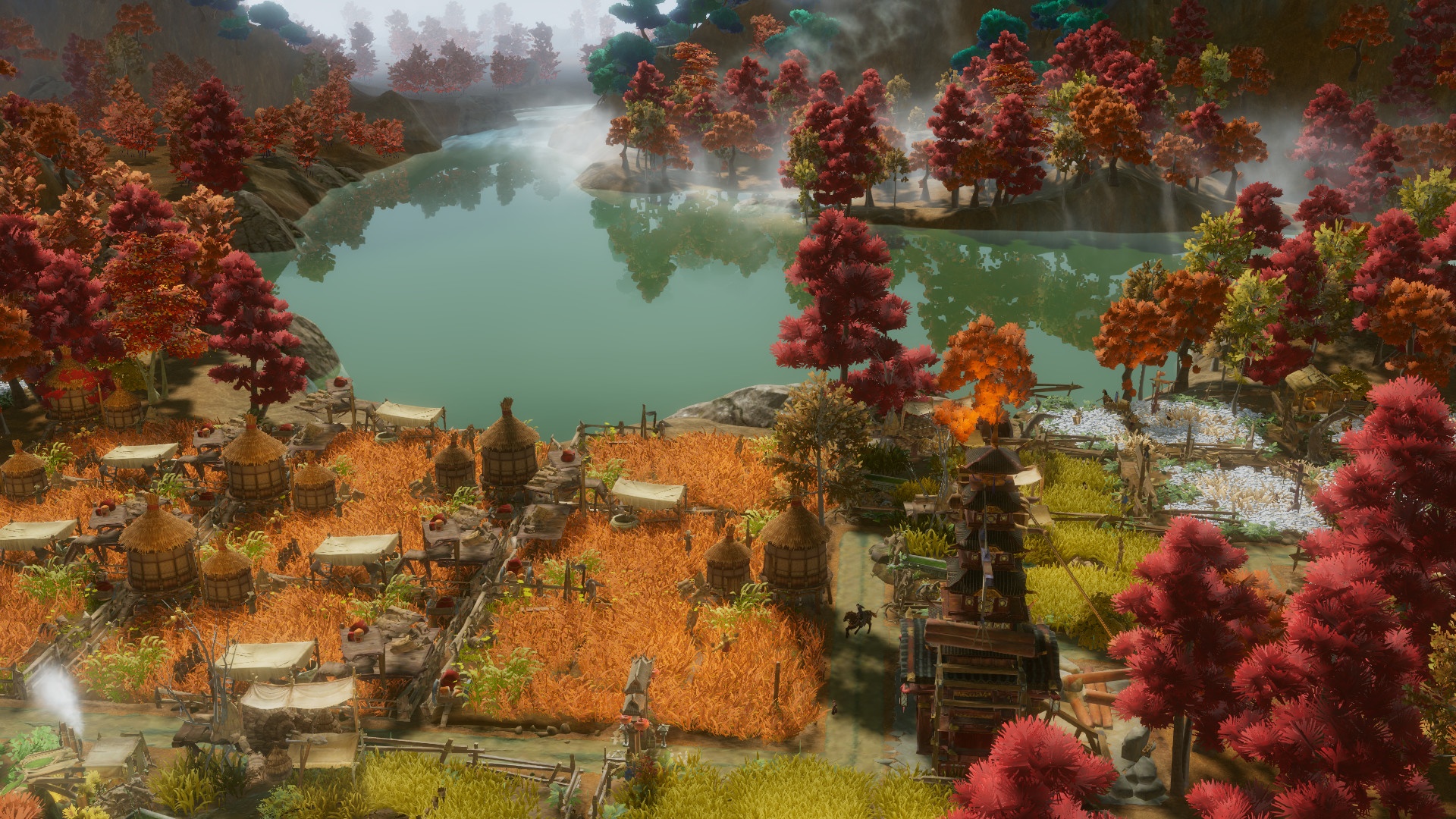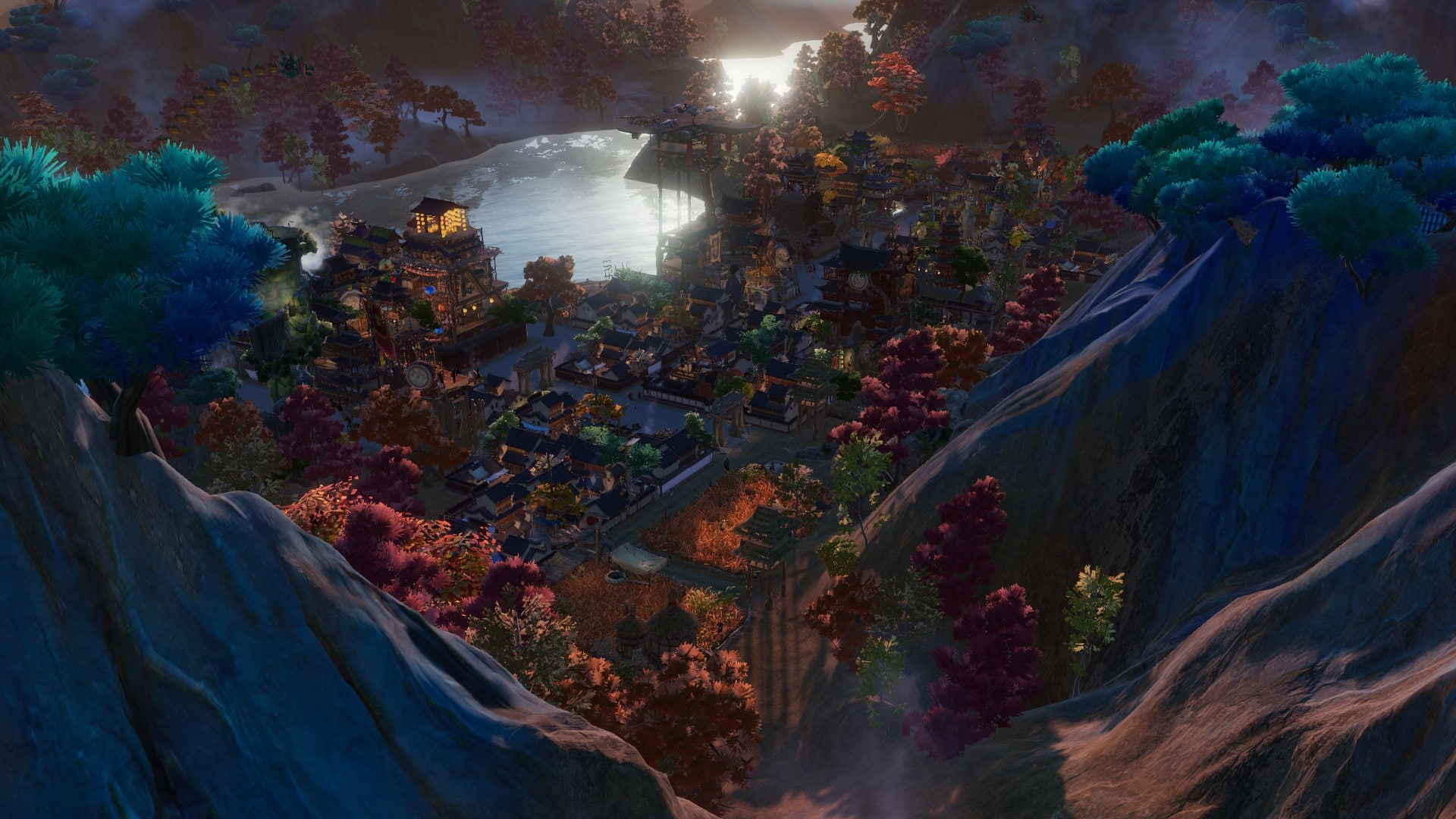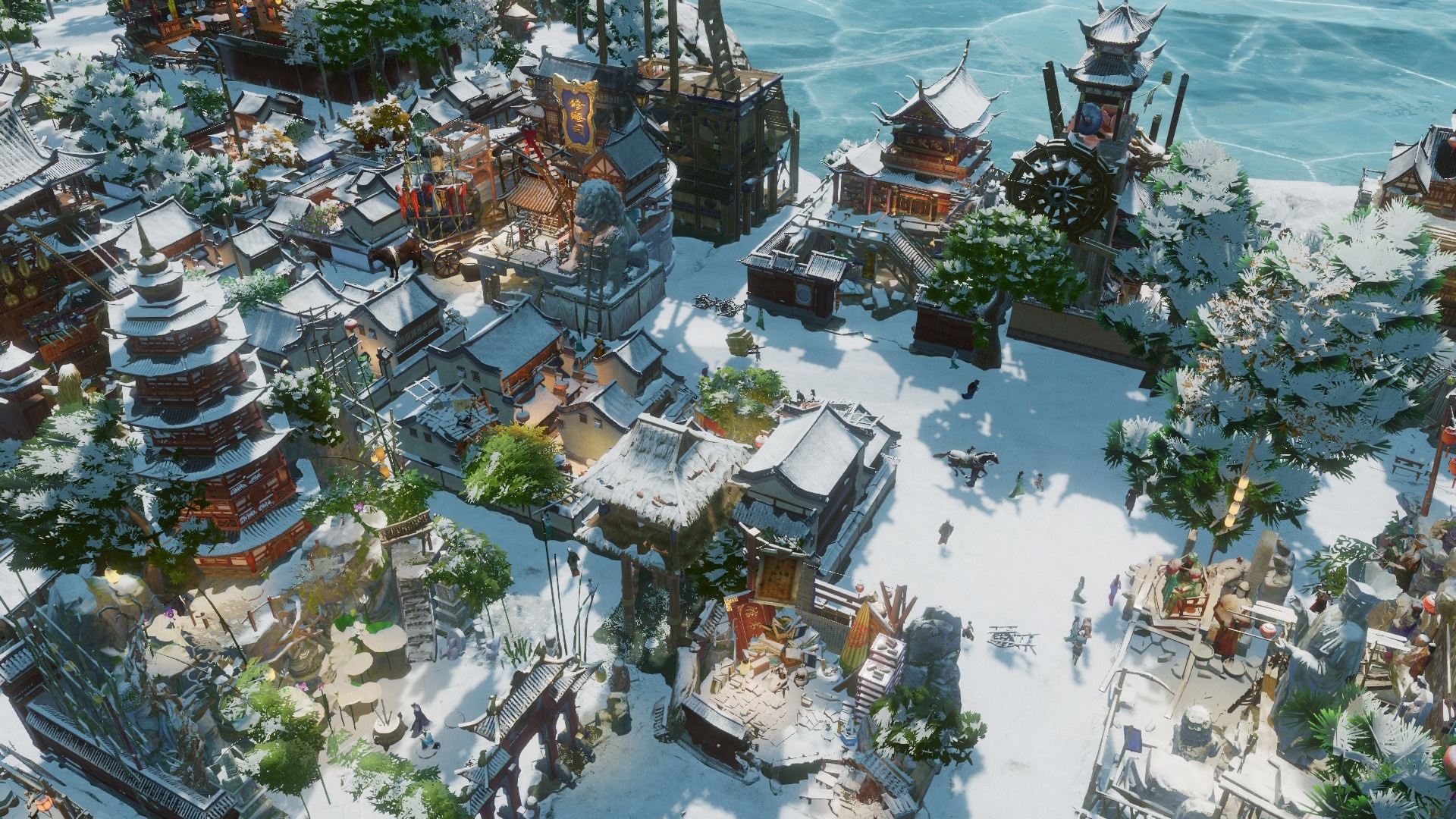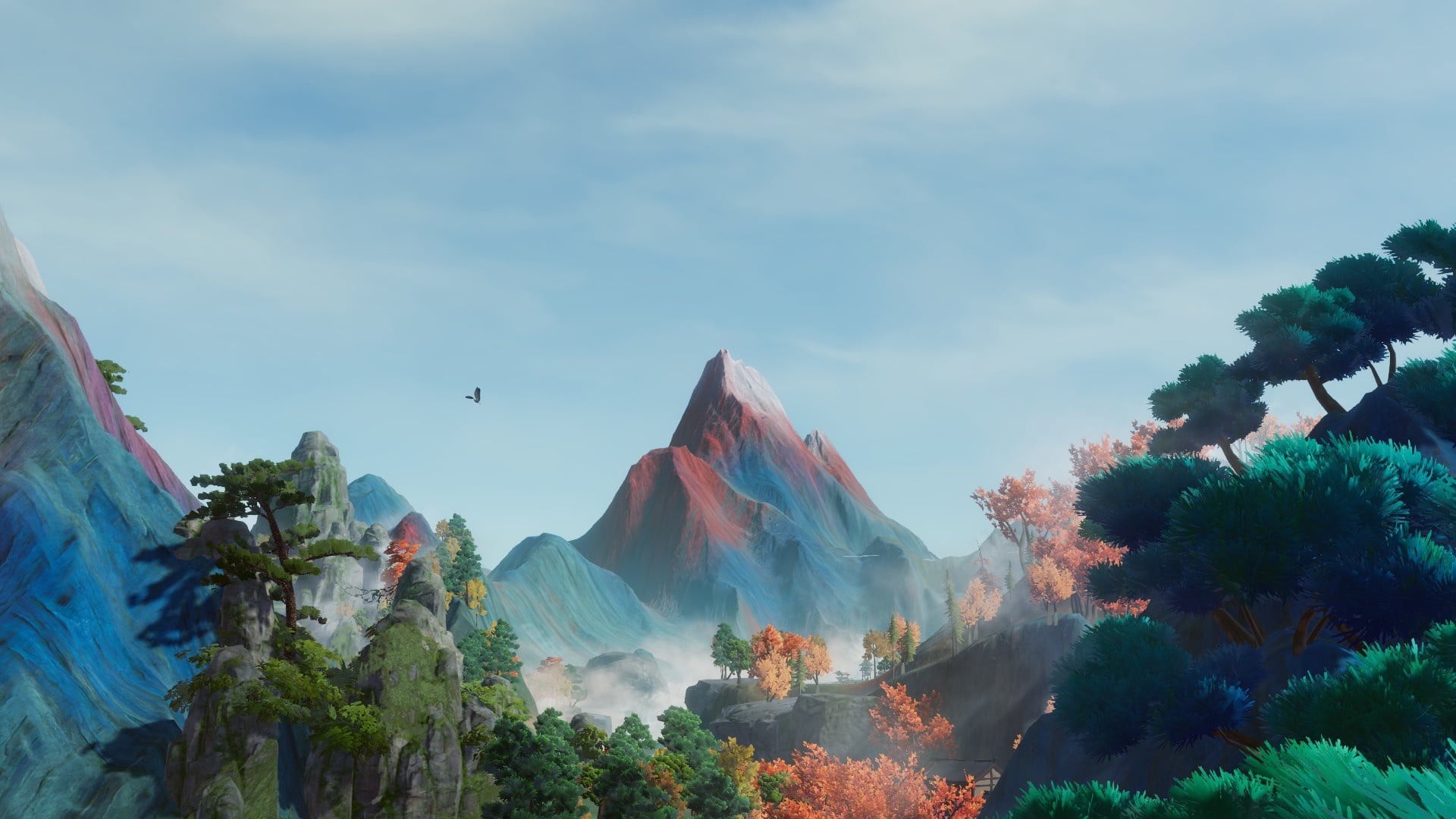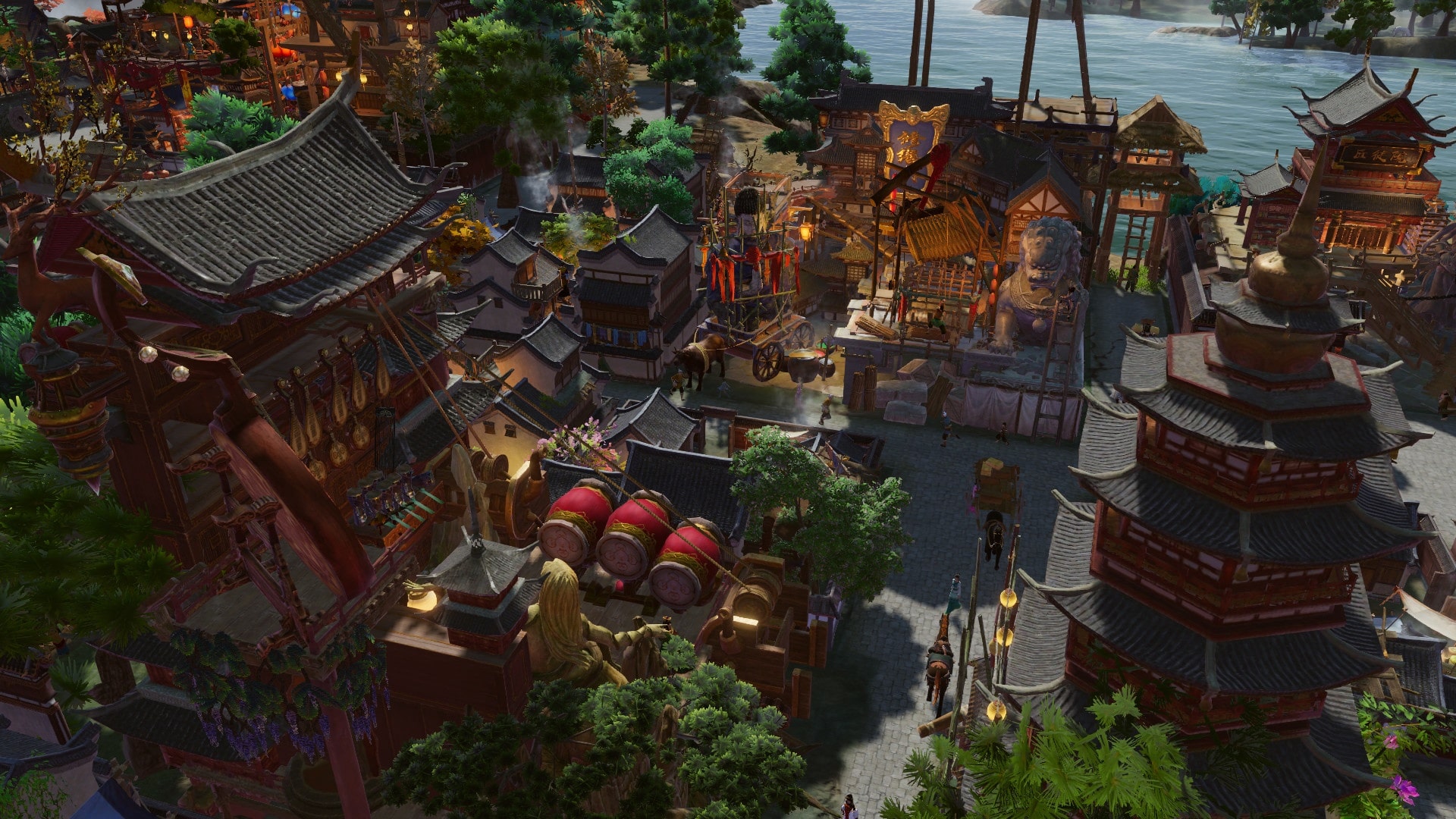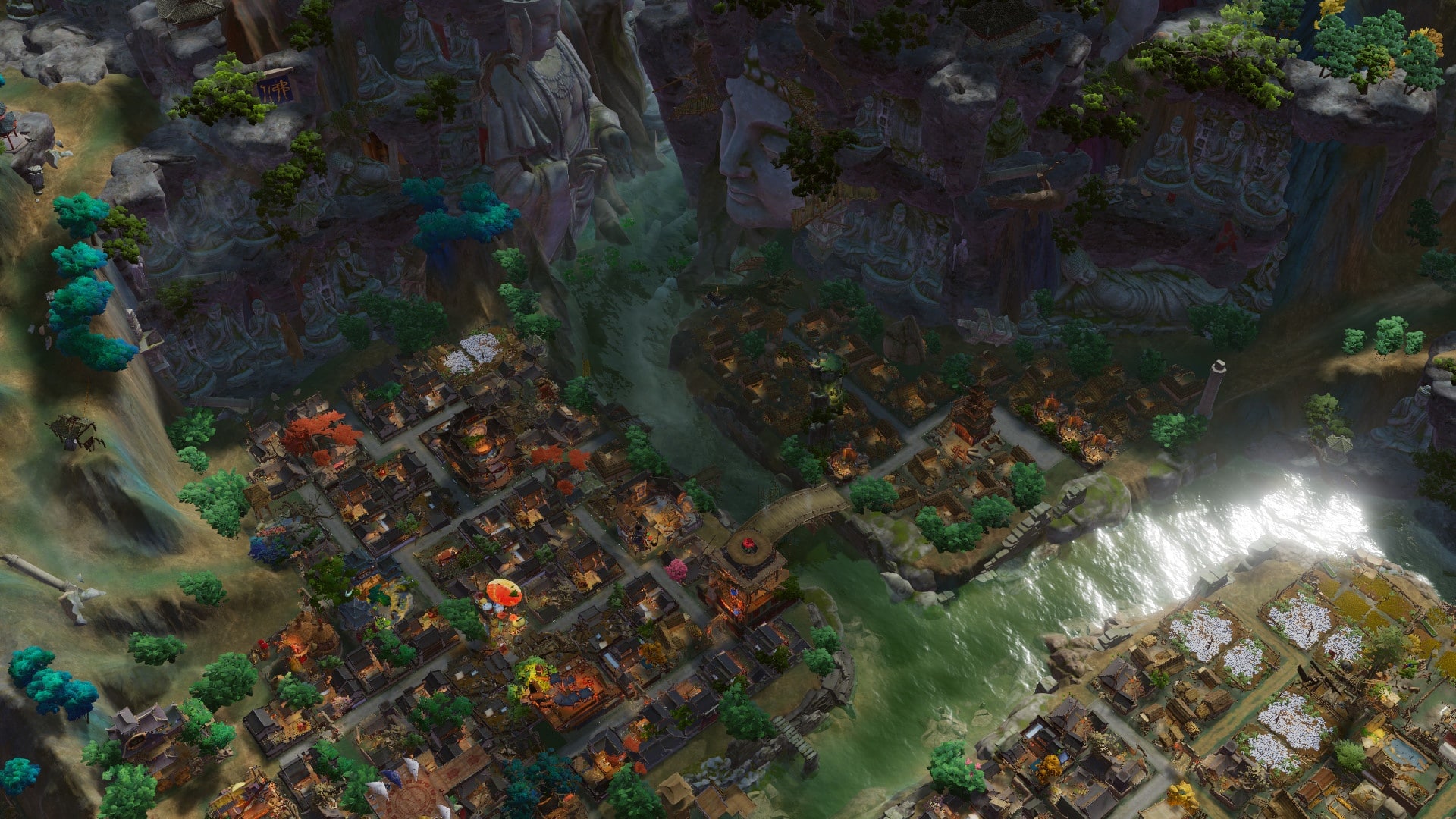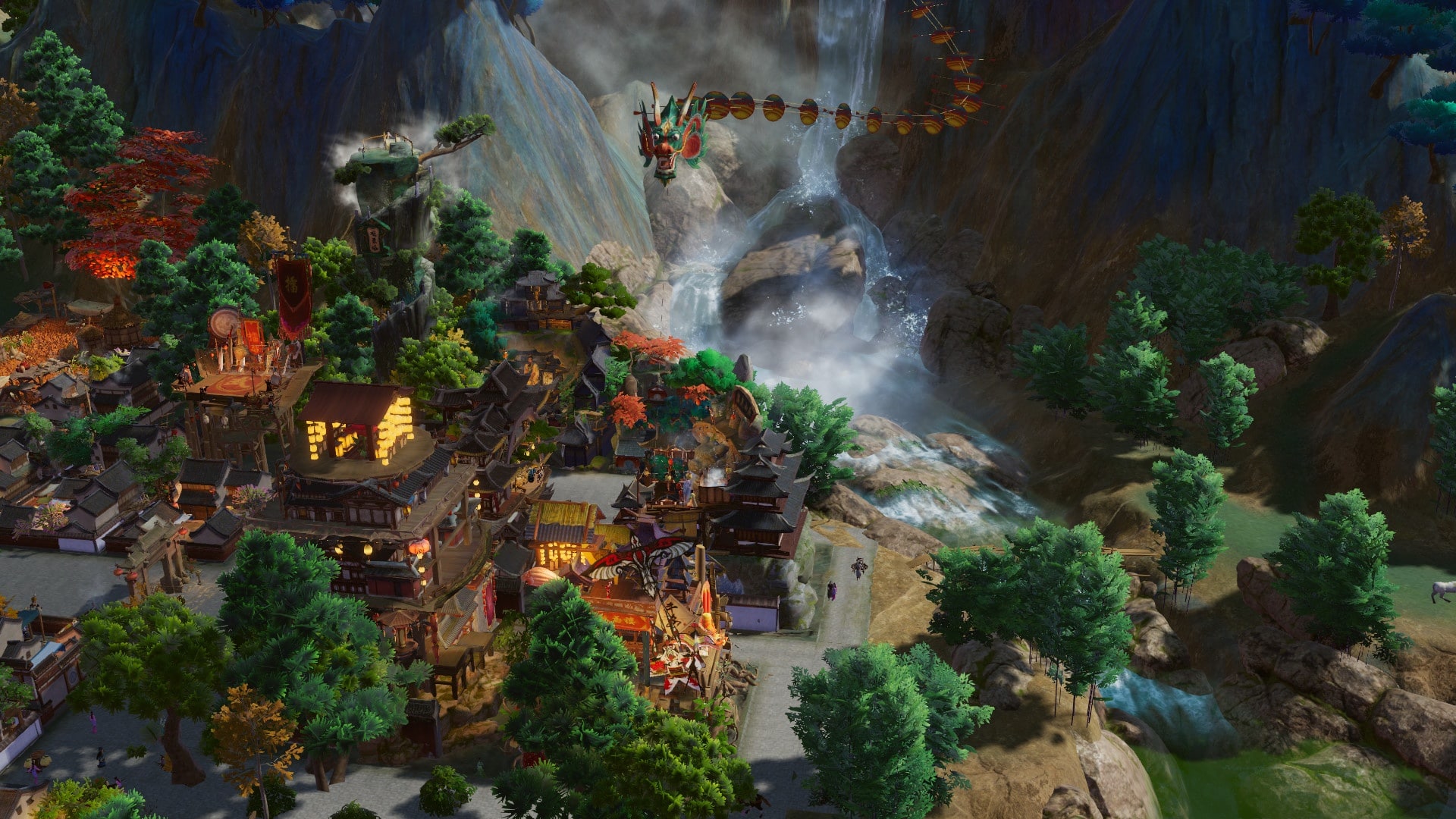Beautiful graphics and an unusual twist: Ballads of Hongye reinterprets many conventions of building strategy.
Common conventions have advantages and disadvantages. If a new building game is too reminiscent of other genre representatives – what reason should players have to play it? If, on the other hand, a title dares to innovate too much, it might scare off potential buyers. After all, people tend to like what they already know.
Ballads of Hongye tries to strike a balance here. On the one hand, the building strategy game relies on many familiar mechanics, on the other hand, it dares to experiment with unusual ideas.
At first glance, Ballads of Hongye impresses with a picturesque game world. But a second look reveals that there is more to it than just a pretty visual appearance. For example, a lot of depth and a complex interlocking of buildings – but also question marks and potential pitfalls.
Table of Contents
A visual highlight
First, let’s introduce Ballads of Hongye in a very basic way so you can make up your own mind. And start with the first thing that catches your eye: the pretty graphics. And since 1,000 words are worth less than a gameplay trailer, we’ll show you this one:
Ballads of Hongye looks very pretty especially for a building game. It’s not that the genre is generally ugly, it’s just that here developer Seasun Games seems to have deliberately gone the extra mile. Ancient China impresses with many details, trees swaying in the wind, a rich colour palette and changing seasons, which have both visual and playful effects.
For example, fields do not produce crops in winter and people use more wood for heating. Since we’re already getting to the gameplay, let’s take a closer look at the game principle! Because this is also where potential dangers lurk for the new construction game.
New ways, new dangers
What makes Ballads of Hongye different from other building games like Anno 1800 or Frostpunk? It starts with the progress of the game. Instead of building freely, we develop an entire region piece by piece.
First we appoint advisors to help us in the first district of Hongye. Not only do they like to be paid dearly, but they also have an effect on the game by providing bonuses with their individual strengths, for example in building speed or costs.
The rulers of the region now set us certain challenges for our first district. For example, we are supposed to increase the number of inhabitants, research blueprints for new buildings or build certain facilities. Contrary to what one might expect, these challenges are not optional goals, but are prerequisites for progress.
Because here’s the kicker: only when we have completed all the challenges in the region do we unlock access to the next district. Here the game starts all over again – with fresh soil to cultivate, a new staff of advisors and, of course, new tasks.
Complex and with a special twist
The whole thing becomes increasingly complicated in the later course of the game, also because a large selection of buildings is available, some of which depend on each other through supply chains. And with every district that is unlocked, the number of cogs on which our urban machinery depends grows. The levels that have been completed also need to be kept running.
The biggest feature of Ballads of Hongye, however, is the optional time limit. You can play in one of two modes. Either in the relaxed mode, which lets you build without much pressure and resembles classic building games. Or you can choose the challenge mode, which sets a time limit for each district.
If you don’t manage to complete all challenges by a certain date, the region is considered a failure. You will then have to start the district from the beginning. At least a pause function helps here, where you can’t do much but at least plan and take a breather.
In Ballads of Hongye, you are rated by the authorities of the respective district after each challenge you complete. So here awaits an incentive for ambitious players who would like to achieve an S-ranking familiar from fighting games behind each challenge.
When will Ballads of Hongye be released?
The developers confirmed when asked by GlobalESportNewsthat the build-up game is scheduled to be released on Steam in Early Access as early as the end of July 2022.
Furthermore, a demo of Ballads of Hongye is already available on (Steam) now. So if you want to form your own opinion, you have the opportunity to do so for free.
What do we like so far? What remains to be done?
What do we like
- Visually stunning: Ballads of Hongye pleases the eye with colourful seasons and charming ancient Chinese architecture.
- Appreciately complex: Many, many buildings and synergies between them seem like a great playground for tinkerers and beau builders.
What remains open?
- Too much micromanagement? Possibly micromanagement will get out of hand if we have to keep eight districts under control at the same time.
- Time pressure rather annoying? Good that there is a relax mode. But even here we hit a time limit when we couldn’t finish before a big annual meeting.
Editorial conclusion
I’m currently semi-desperate for a building game that can captivate me again like Anno 1800. That is complex, but gives me the space for level-headed reflection. Ballads of Hongye could do this trick.
Not if I have to be pressured by a time limit while building, though. Actually, I thought the casual mode didn’t have one – only to have to start all over again. Maybe it was a mistake, since the game is still in the middle of development.
On the other hand, the believable Asian ambience and the interesting interaction of the buildings definitely caught my attention. Let’s see in which direction the Early Access develops.


